These guidelines are designed to guide participants through the key steps necessary for implementing circular production, providing a checklist to minimize waste and maximize the operational life of products in accordance with circular economy principles.
One of the guiding principles is Circular Design, which emphasizes designing products for longevity, repairability, and recyclability. Participants should focus on creating products that can easily be disassembled and repurposed, ensuring that they align with circular economy values.
Material Selection is crucial, as it involves choosing materials that are secondary, traceable, renewable, and recyclable. This practice encourages the use of sustainable materials that minimize environmental impact and support the lifecycle of the product.
Resource Efficiency and Effluents highlights the importance of optimizing energy and water usage while considering biodiversity and greenhouse gas emissions. Participants should assess their resource consumption and aim for practices that reduce overall environmental footprints.
The implementation of Closed-loop Systems is essential to ensure that products and materials are continually cycled back into the production process. This approach encourages organizations to think about how products can be reused, refurbished, or recycled at the end of their life.
Collaboration and Partnerships are vital for fostering a cooperative environment across the supply chain. Participants should engage with suppliers, customers, and other stakeholders to enhance their circular economy efforts and share best practices.
Innovation and Technology play a significant role in advancing circular production. Participants should explore new technologies and methods that enhance resource efficiency, improve product design, and facilitate recycling processes.
Lastly, Education and Awareness are crucial for upskilling employees and raising awareness about circular production practices. Providing training and resources empowers employees to contribute to sustainability goals and fosters a culture of continuous improvement within the organization.
By adhering to these guidelines, participants can effectively implement circular production strategies that minimize waste and promote sustainable practices throughout their operations.



